Beetles (Coleoptera)
Soldier Beetles
CantharidaeThis beetle family consists of more than 5,000 species worldwide, and is found throughout North America. Some Soldier Beetles are predators on pest species such as aphids, and can be seen on foliage as they search for prey. Others act as pollinators, and are known to frequent flowers for their nectar and pollen. They are mainly active during the day, and commonly found on goldenrods.
Representative Genera and Species:
Rhagonycha excavata
Pollinator Life Cycle:
These beetles have four life stages: egg, larva (commonly called grubs), pupa, and adult. Females deposit their eggs in small clusters. After hatching, the larvae feed on insects, insect eggs, and other larvae. They over-winter in the soil at this stage, pupating there in the spring.
Rarity Status:
The status of Canadian species has not yet been assessed, and none are legally protected.
Physical Appearance:
These beetles are elongated (1 – 15 mm in length) and slightly flattened. They have soft bodies and rectangular, leather-like elytra (wing-cases). They look similar to Fire Flies (Lampyridae) overall, but have heads that are visible from above. They have long legs with five obvious segments, prominent eyes, and long, thread-like antennae. Colouration is typically black with dark yellow, orange, or red markings.
Pollinator Habitat:
Adults are often found on flowering plants and other vegetation, sometimes along the edges of water bodies. Larvae tend to be common in leaf litter, loose soil, and rotten wood.
Canadian Distribution:
- Alberta
- British Columbia
- Manitoba
- New Brunswick
- Newfoundland/Labrador
- Northwest Territories
- Nova Scotia
- Nunavut
- Ontario
- Prince Edward Island
- Quebec
- Saskatchewan
- Yukon
Prairie Types:
- Fescue Prairie
- Mixed Grass Prairie
- Tall Grass Prairie






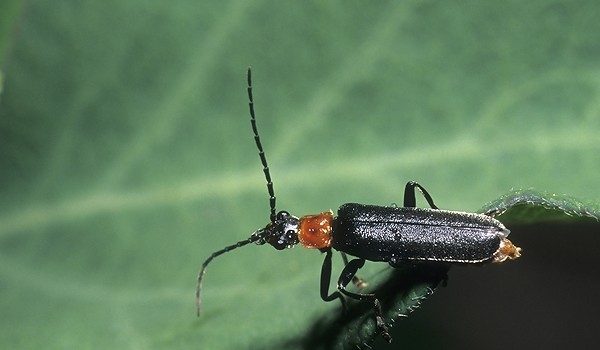
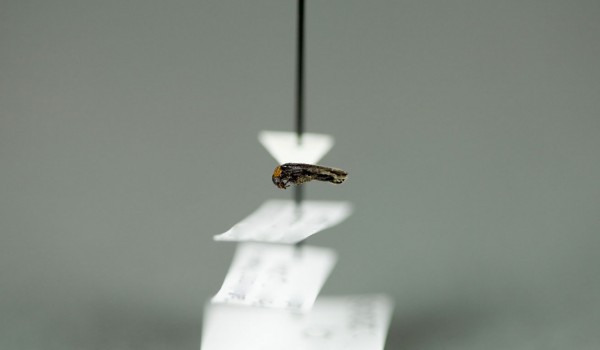
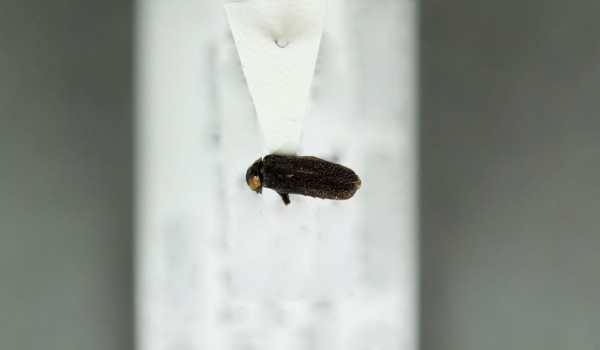
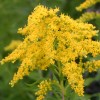 Canada Goldenrod
Canada Goldenrod 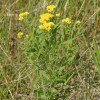 Flat-top Goldenrod
Flat-top Goldenrod 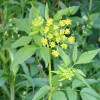 Golden Alexander
Golden Alexander  Heart-leaved Alexander
Heart-leaved Alexander 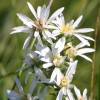 Many-flowered Aster
Many-flowered Aster 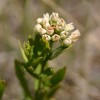 Pale Comandra
Pale Comandra 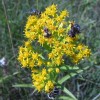 Riddell's Goldenrod
Riddell's Goldenrod 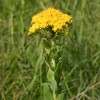 Rigid Goldenrod
Rigid Goldenrod 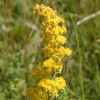 Showy Goldenrod
Showy Goldenrod 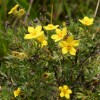 Shrubby Cinquefoil
Shrubby Cinquefoil 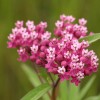 Swamp Milkweed
Swamp Milkweed 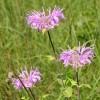 Wild Bergamot
Wild Bergamot